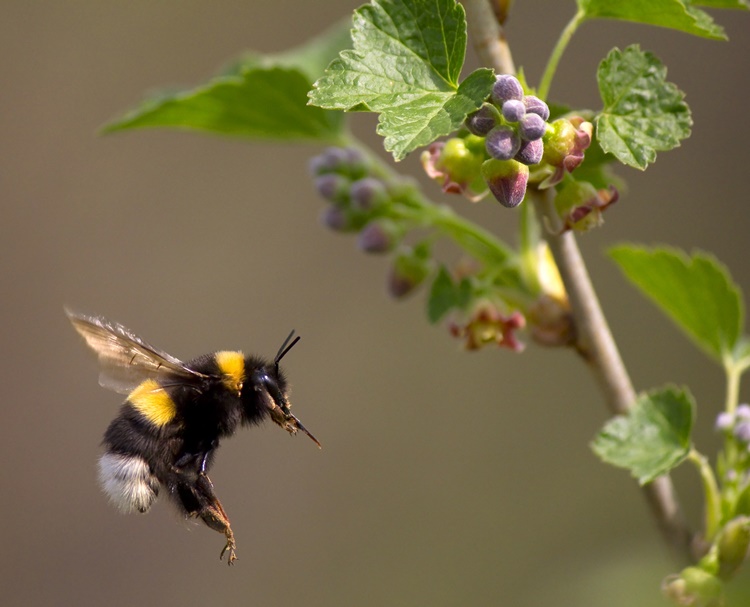Gary Nabhan helped establish Borderlands Restoration—an L3C, or low-profit limited liability company—in 2012.
With help from volunteers and the organization’s youth program, which offers paid internships and practicums to area high school students, seeds from native plants are collected from throughout the region, propagated at the Borderlands nursery and transplanted. The group builds simple erosion control structures that slow rainwater flow and increase soil moisture while stabilizing soils in the region’s riparian zones, then adds more plants into these restored ecosystems.
Whether working on private or public lands, the focus is invariably on native plant species that provide forage for pollinators. “Restoring nectar plant resources and habitat for pollinators is at the heart of what we do,” Nabhan says. “Because of the key role these creatures play in the resilience of wild and cultivated landscapes.”
Borderlands Restoration is also connecting the health of the habitat to the more than 46,000. people who live in this economically challenged region. “With all this richness in the natural world, why is there so much economic poverty?” asks Ronald Pulliam, former science adviser for the U.S. Department of Interior and a Borderlands founder.
“When we started Borderlands, one of the things we wanted to do was to tie the ideas of conservation, restoration and biological diversity to the ideas of training people and creating jobs. We wanted to create what we call a ‘restoration economy’—one that doesn’t ignore the reality of the people who are struggling to make a living here. You can bring back the pollinators, you can restore the hydrological systems that support them, but it won’t last unless the people who live here really care about it,” Pulliam continued.
Borderlands Restoration’s goal is to reconnect wildlife, land, and people in the Arizona/Sonora Borderland region by involving people in restoring the ecosystem on which we depend.
Restoring functional physical landscape processes, growing and planting native plants, and supporting springs and pollinators are just some of the vital activities in their work, but they remain incomplete without a third essential step: forging and maintaining bonds between people and the natural world, and providing opportunities for each to flourish in tandem. They are convinced that habitat restoration is not sustainable unless local citizens understand the benefits received from the work, and actively participate in restoring ecosystems and ecosystem services in their own communities.
Through this approach, they simultaneously demonstrate that a “restoration economy”—a cultivated network of relationships whereby people gain skills and the capacity to make their livings by caring for place—is both feasible and, today, necessary if we are collectively to surmount public/private and other divides in the face of shared threats to the ecosystems on which lives and livelihoods depend.
See full article by Alexis Marie Adams in Scientific American.

